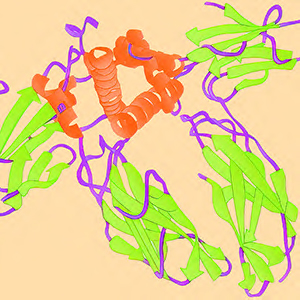EFFETTI DEGLI INTERFERENTI ENDOCRINI SULLE COMUNITÀ DI INVERTEBRATI MARINI

All claims expressed in this article are solely those of the authors and do not necessarily represent those of their affiliated organizations, or those of the publisher, the editors and the reviewers. Any product that may be evaluated in this article or claim that may be made by its manufacturer is not guaranteed or endorsed by the publisher.
Organic pollutants with disrupting activity on the endocrine system are known as endocrine disrupting compounds (ECDs) and are broadly diffuse on the Planet. By different pathways, they reach the marine environment that is the ultimate collector of these substances. Several researches pointed out acute and chronic effects of these pollutants on the reproduction and development of fish and marine mammals. Fewer studies have been dedicated to explore the effects of ECDs on marine invertebrates though these represent most of marine biodiversity. Researches are hampered by limited knowledge of endocrinology and physiology of several animal groups, which has been studied only for few phyla such as mollusks, annelids and arthropods. The clearest example of endocrine disruption by a chemical compound in marine environment is the pseudo-hermaphroditism caused in females of prosobranch mollusks by the exposure to tributyltin, an antifouling agent used in the paints for ships. This molecule has an adverse effect also on crustaceans in which it inhibits the signaling pathway of the molting hormone. Several studies evidenced that lot of marine invertebrate species are sensible to the action of estrogenic compounds (xeno-estrogens) such as Bisphenol A and Nonylphenol that are used in the manufacturing of the plastic materials. Nevertheless, molecular mechanisms responsible for the observed effects are still uncertain. In my laboratory, we demonstrated that tunicates, that do not have estrogen receptors, are sensible to the action of xeno-estrogens that act by binding to a different group of receptors, the Estrogen Related Receptors. Since these receptors are present also in mammals, our studies could help to clarify pathogenic mechanisms shared with humans.


 https://doi.org/10.4081/incontri.2022.803
https://doi.org/10.4081/incontri.2022.803